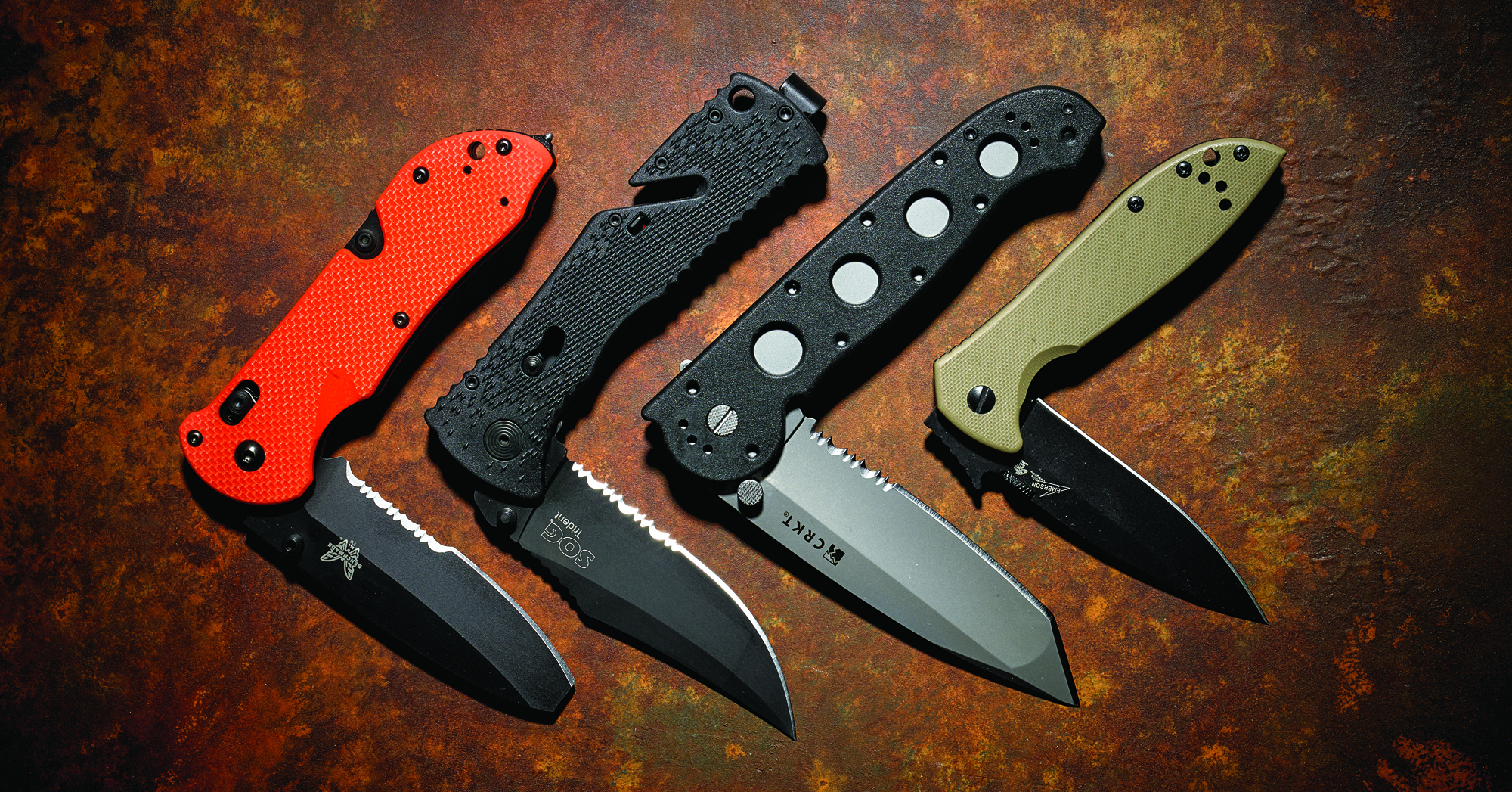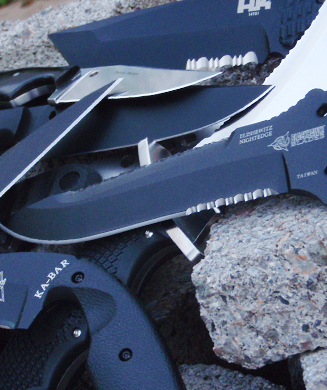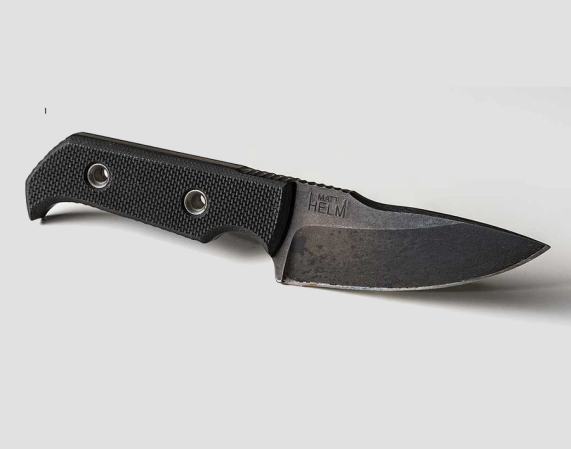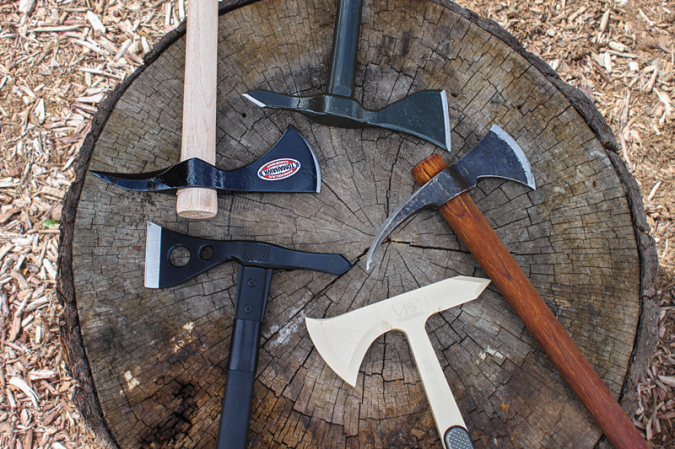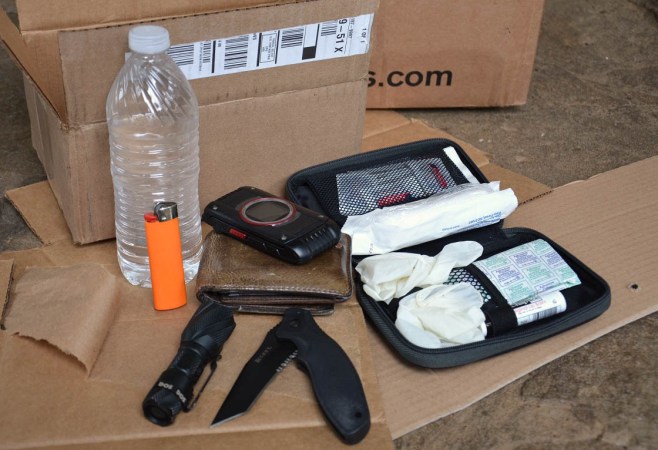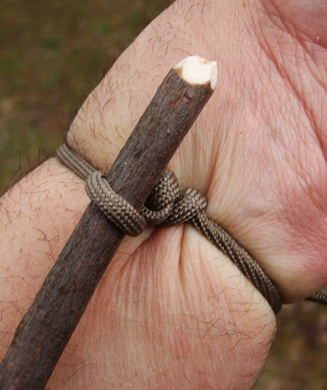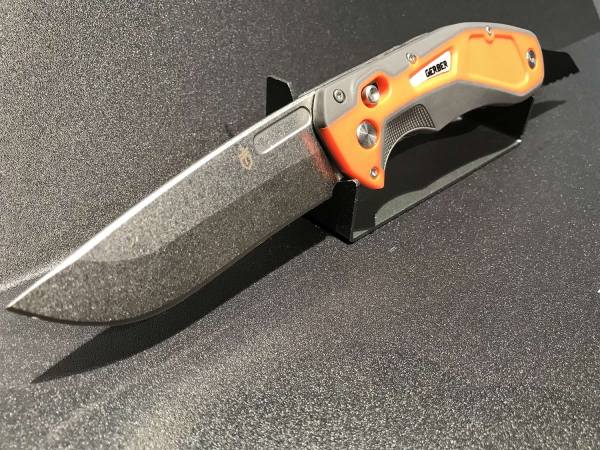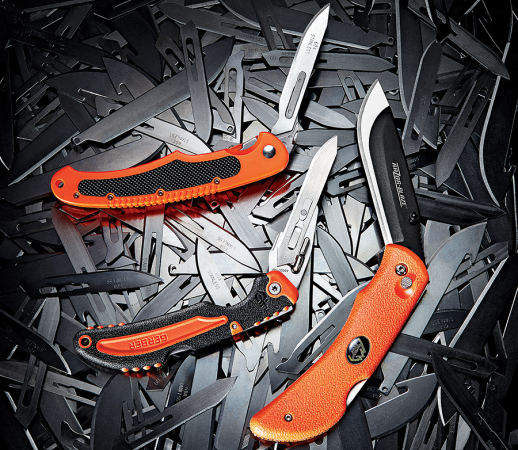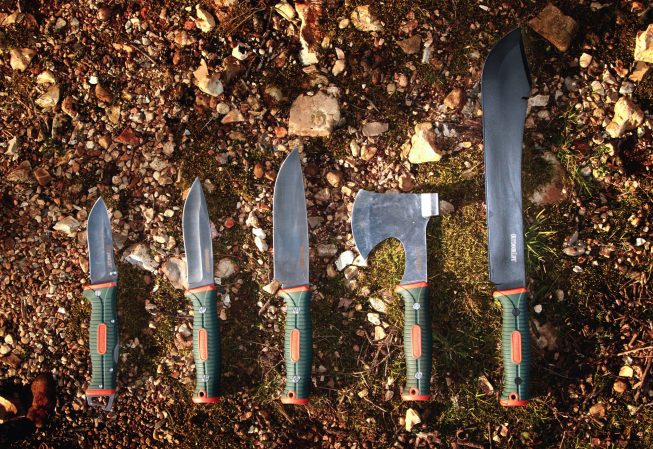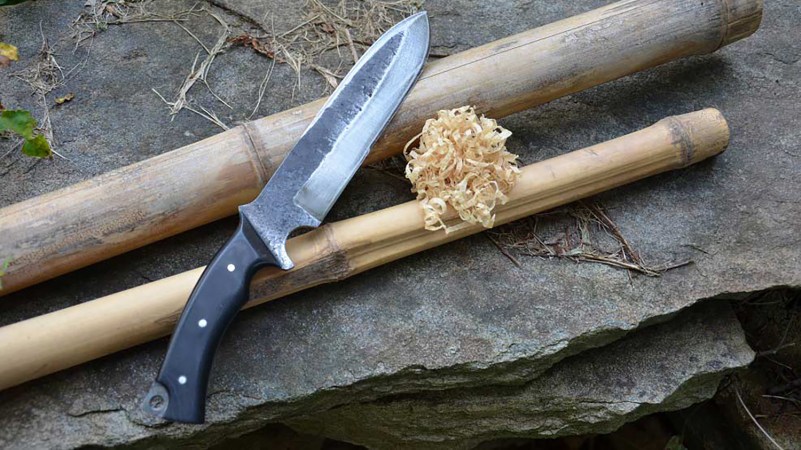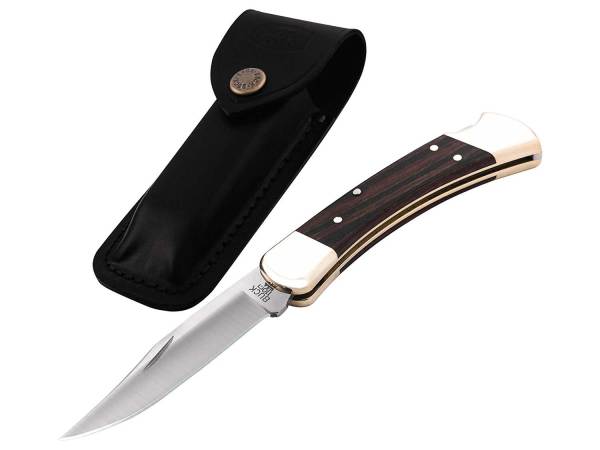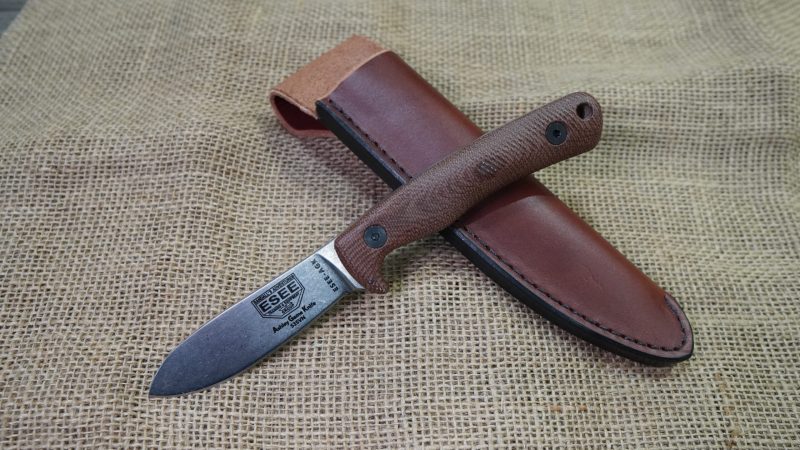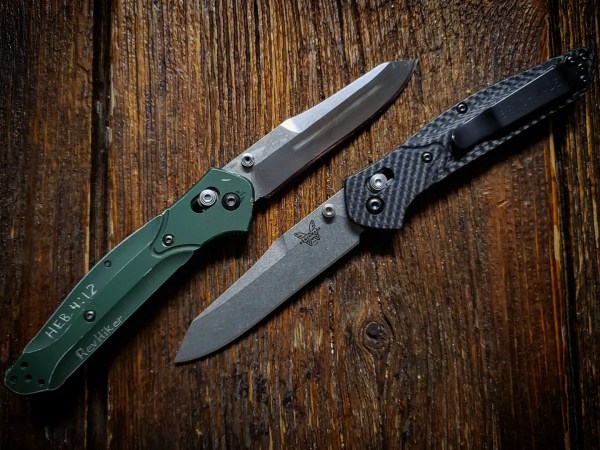We may earn revenue from the products available on this page and participate in affiliate programs. Learn More ›
Not all knives are created equal. Different types serve different purposes, and the tactical folder has become a mainstay in many folks’ gear bag. Everything from blade design to handle geometry to the locking mechanism contributes to a knife’s purpose, or “personality.”
Looking for knife reviews? Check out these 6 folding knives for every task
Why a Folder?
One of the greatest benefits of tactical folders is their ease of carry, which means one is more likely to be with you at a time of need. Outdoor aficionados understand that a solid fixed-blade knife is clearly a stronger, more versatile tool. However, for a daily companion, a fixed blade’s length may present a challenge to concealment. Furthermore, in some places, carrying a fixed blade might be prohibited.
Blade Profile
There are a multitude of blade designs out there, and it is easy for a person to get confused as to what each one is intended for. To start, let’s look at the three most common uses for a knife: protection, utility, and medical emergency.
For a defensive situation, you want to have a blade profile that can easily penetrate not only skin and muscle, but also fabric. A fat, thick point, such as the tanto point, may be able to penetrate a car door, but it most likely won’t go through a leather jacket. A spear point, with a thin, sharp-angled profile, is best for thrusting and puncturing.
For utility purposes, including construction, household fixes, or wedging, you want a thick tip, like that on the tanto-style blade. That thickness will guard against chipping and breaking the tip when the blade encounters metal or other hard surfaces.
In a medical emergency, you might have to cut people out of seat belts, cut open their clothing to expose a wound, or start cutting supplies and fabrics to create makeshift tourniquets, bandages, slings, etc. In these situations, you’re working the knife in close proximity to non-hostile personnel, and the risk of stabbing or cutting someone is high. A semi-serrated blade with a dull or flat tip is an excellent choice here.
Locking Mechanisms and Handle Geometry
All locks break and will collapse if enough force is applied. The cheaper the knife, the more brittle its metal, and therefore, the more prone it is to failure. Many metals also flex under pressure, causing the locks to open. I only recommend using folders for thrusting or light cutting. When you start to slash with a folding knife, and force is applied perpendicular to the length of the blade, the locking mechanisms can fail. In my opinion, the frame lock is the most effective type.
Not only is the knife secured open by the scale of the knife, but your grip helps keep the lock secure. Some companies, such as CRKT and SOG, add a secondary lock-safe feature that keeps the lock closed. However, this doesn’t prevent the lock from breaking when enough pressure is applied.
Handle geometry is really a personal preference. But a handle with a smooth profile and outline will not print as distinctly under your shirt or in your pocket. If you want a low-visibility folder, opt for these less angular handle designs. For grip, I recommend textured scales, such as G10.
Deployment
No matter which style knife you have, it isn’t any good tucked away in your pocket or waistband. In order to use it, you have to first deploy it—and to deploy a knife smoothly under stress requires practice. The very nature of a folding knife requires it to be opened with fine motor skills, usually with a small thumb stud or disc on the side of the blade.
But fine motor skills can be compromised by stress. In order to guarantee smooth deployment during stress, you need to practice these four basic steps:
1. Locate the knife.
2. Remove the knife from concealment.
3. Open the blade.
4. Readjust your grip.
The more deeply concealed your knife is, the longer it takes to deploy. Emergency situations are time sensitive, whether you’re protecting yourself from an attacker or cutting someone out of a burning vehicle. The more time and focus you spend on deploying your knife, the less time and focus you spend on tracking the problem at hand. So choose an easily accessible and consistent place to carry your knife.
Practice deploying from this same spot. You don’t want to go searching for your knife during a stressful situation. With enough practice, your muscle memory will kick in at the time of need.
Extra effort
A tactical folder is a very practical everyday carry knife that can tackle myriad tasks. The convenience of slipping one into your pocket will make it more likely you will have it on you at all times. But the cost is the extra steps you have to take to deploy it.
Emergency situations present many obstacles to a person, so it is critical to know how to deploy and work your folding knife prior to any situation. Practice this and make it perfect. The knife will do you no good stuck in your pocket, or only halfway out.
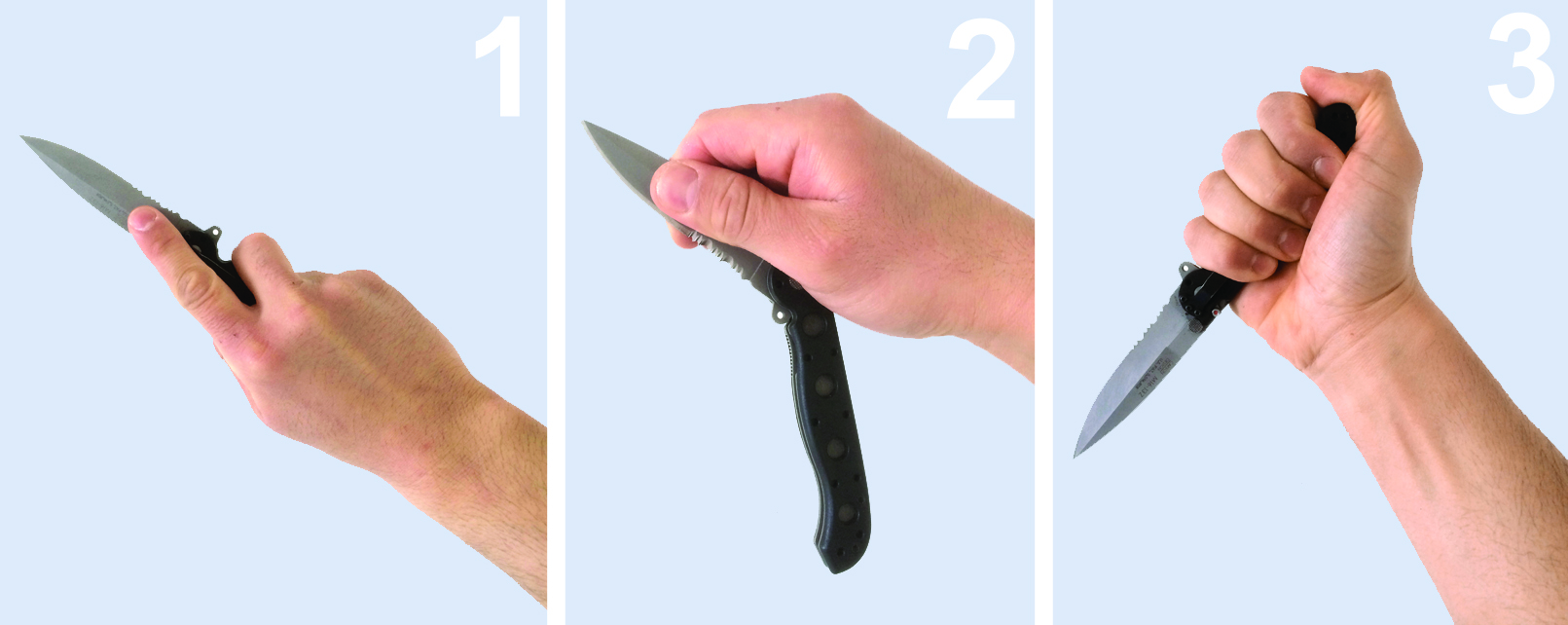
Grip Options
1. Index Forward: With the index finger along the side of the blade, support the pommel in your palm. This prevents your hand from sliding up the blade if you hit a hard surface, such as wood or bone.
2. Pinch: Use this to open the knife in the event the locking mechanism breaks.
3. Reverse: Cap the pommel with the thumb to keep your hand from sliding down the blade.
